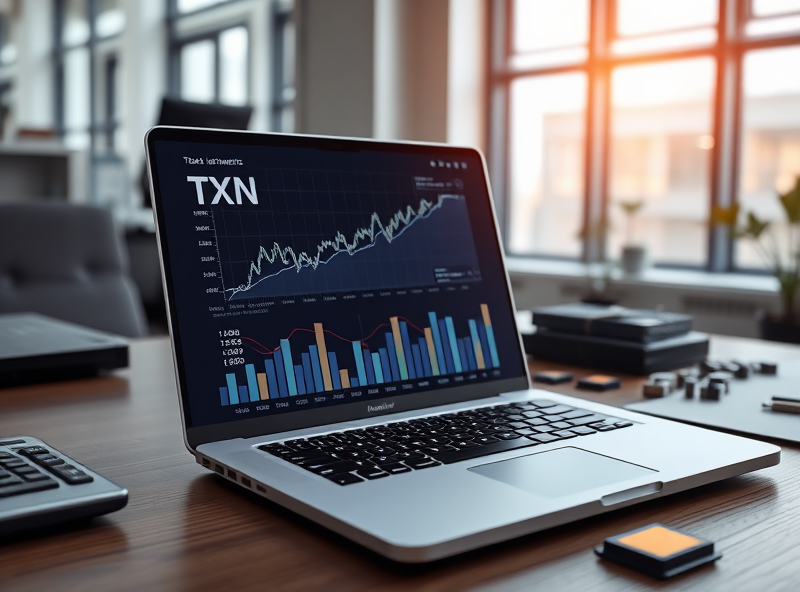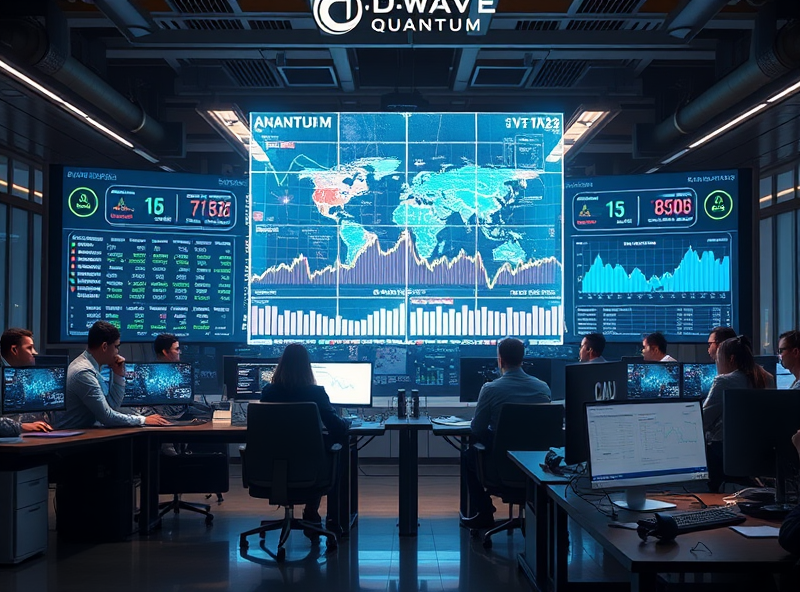
Building Wealth: Your Guide to Investing in the Powerful US Industrials Sector

Hello there, infrastructure-minded investors! Have you ever thought about the companies that build the world around us – the factories, the airplanes, the trains, the roads, and the equipment that makes it all possible? These are the backbone of the economy, residing within the vast and dynamic Industrials sector. While perhaps not always in the daily headlines like tech giants, these companies are essential to economic activity and can offer compelling investment opportunities, particularly when the economy is growing. If you’re ready to explore the sector that literally builds the future, let’s dive into the US Industrials sector!
The Industrials sector is incredibly broad, encompassing businesses involved in manufacturing, transportation, construction, and various support services. Its performance is closely tied to the overall health of the economy, making it a cyclical sector. When businesses are expanding, they invest in new equipment and facilities, and demand for transportation and construction services increases. This directly benefits companies in the Industrials sector. Conversely, during economic slowdowns, investment and construction activity often decrease, impacting these companies. Understanding this cyclical nature is key to investing in this space.
What Makes Up the Industrials Sector?
The Industrials sector is far from monolithic. It includes a wide range of industries, each with its own drivers and characteristics:
- **Aerospace & Defense:** Companies that manufacture aircraft, defense equipment, and related components. This area is influenced by government defense spending and global travel trends.
- **Construction & Engineering:** Firms involved in building infrastructure projects (roads, bridges, airports) and commercial/residential buildings. Performance is tied to government spending on infrastructure and private construction activity.
- **Machinery:** Manufacturers of industrial equipment, construction machinery, agricultural machinery, and related components. Demand is driven by capital expenditures from businesses across various sectors.
- **Transportation:** Includes airlines, railroads, trucking companies, and logistics providers. Their performance is linked to the movement of goods and people, reflecting overall economic activity.
- **Professional Services:** Companies providing services like consulting, engineering, and environmental services to businesses.
- **Electrical Equipment:** Manufacturers of electrical components, lighting, and automation systems used in buildings and industrial processes.
- **Conglomerates:** Large companies with diverse business interests, often including significant industrial operations (though pure conglomerates are less common now).
This diversity means you can find opportunities in different parts of the industrial value chain, from building the machines to transporting the finished goods.
Key Drivers: Economic Growth and Government Spending
The performance of the Industrials sector is heavily influenced by macroeconomic factors:
- **Economic Growth:** As businesses expand and consumer demand increases, there is a greater need for manufacturing, transportation, and construction, directly boosting revenue and earnings for industrial companies.
- **Government Spending:** Significant government investment in infrastructure projects (like roads, bridges, and public transit) provides a major source of demand for construction, engineering, and machinery companies. Defense spending also directly impacts aerospace and defense firms.
- **Global Trade:** Many industrial companies are involved in international trade, either by exporting goods or relying on global supply chains. Changes in trade policies and global economic conditions can significantly affect their performance.
- **Interest Rates:** Interest rates can influence business investment decisions. Lower rates can make it cheaper for companies to borrow money for capital expenditures, potentially boosting demand for industrial equipment and construction.
Because of these strong ties to the broader economy, the Industrials sector is often seen as a bellwether for economic health.
Analyzing Industrials Stocks: What to Focus On
Analyzing industrial companies requires looking at metrics relevant to their specific operations. For manufacturers, look at order backlogs, production capacity utilization, and input costs. For transportation companies, key metrics include freight volumes, passenger traffic, fuel costs, and pricing power. For construction firms, examine their project pipelines, contract margins, and ability to manage large-scale projects.
Across the sector, pay attention to revenue growth, operating margins, and efficiency improvements. Many industrial companies are focused on streamlining operations and adopting new technologies (like automation and digital manufacturing) to improve productivity. Balance sheet strength is also important, as these companies often require significant capital investment.
Risks and Opportunities in the Sector
Investing in the Industrials sector offers significant opportunities, particularly during economic expansions. Companies that are leaders in their niche, have strong order backlogs, and can effectively manage costs can see substantial growth in revenue and earnings. Government infrastructure spending can provide a stable source of demand, even when private sector investment fluctuates.
However, the sector is also exposed to risks. Its cyclical nature means performance can suffer significantly during economic downturns. Changes in government spending priorities can impact defense or infrastructure companies. Fluctuations in commodity prices (like steel or oil) can affect input costs for manufacturers and fuel costs for transportation companies. Global supply chain disruptions can also pose challenges.
Investment Approaches: Stocks vs. ETFs
You can invest in the Industrials sector by purchasing individual stocks of companies you’ve researched. This allows you to target specific industries (e.g., aerospace, construction machinery) or companies you believe are well-positioned for growth. Prominent US industrial companies include Boeing (Aerospace), Caterpillar (Machinery), Union Pacific (Railroads), and General Electric (Diversified Industrials, though undergoing changes).
Alternatively, Industrials sector ETFs offer diversified exposure. These funds track indices like the S&P 500 Industrials sector (XLI) or focus on specific sub-industries like transportation (XTN) or aerospace & defense (ITA). ETFs provide instant diversification across a range of industrial companies and are often a convenient way to gain broad exposure to the sector without picking individual stocks.
The Role of Technology and Innovation
Technology is increasingly playing a vital role in the Industrials sector. Automation, robotics, artificial intelligence, and the Internet of Things (IoT) are transforming manufacturing processes, improving efficiency, and enabling predictive maintenance. Digital tools are optimizing logistics and supply chains. Companies that are investing in and adopting these technologies are better positioned for future growth and competitiveness.
Innovation in materials science and engineering is also leading to lighter, stronger, and more durable components for everything from airplanes to construction equipment. Staying informed about technological advancements within specific industrial niches is important for identifying future leaders.
Summary: Building a Strong Portfolio with Industrials
In summary, the US Industrials sector is a fundamental part of the economy, encompassing diverse businesses involved in manufacturing, transportation, and construction. Its performance is closely tied to economic growth and government spending, making it a cyclical sector with significant potential during expansions. While it faces risks from economic downturns and commodity price fluctuations, it also benefits from infrastructure investment and technological innovation. By understanding the different sub-industries, analyzing key operational and financial metrics, and considering diversified approaches like ETFs, you can potentially build a strong component in your investment portfolio. Investing in Industrials means investing in the companies that build and move the world. Build wisely!







